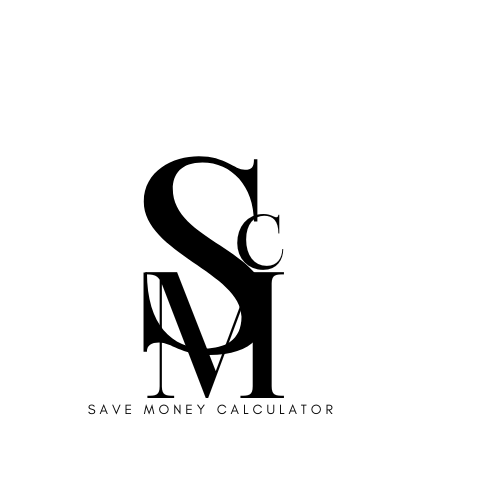About the Canada Pension Plan (CPP)
The Canada Pension Plan is a retirement pension that offers replacement income once a person retires from working life. The CPP is a social insurance plan, and it’s one “pillar” of the retirement income system for Canadians—the other three are Old Age Security (OAS), the Guaranteed Income Supplement (GIS) and personal savings. The CPP is funded by contributions from workers, employers and self-employed individuals. It’s not paid for by the government, despite what many Canadians may think.
A federally administered program, the CPP is mandatory, meaning that all Canadian workers and employers must contribute. The plan covers all of Canada except for Quebec, which has the Quebec Pension Plan (QPP) for residents of that province. Below are the CPP payment dates in 2025.
CPP payment dates for 2025
January 29, 2025February 26, 2025March 27, 2025April 28, 2025May 28, 2025June 26, 2025July 29, 2025August 27, 2025September 25, 2025- October 29, 2025
- November 26, 2025
- December 22, 2025
Where does the CPP money come from?
Unlike OAS and the GIS, the CPP is funded by employers and employees, and by self-employed people. These contributions, which show up as deductions on a paycheque, are aggregated and invested. For self-employed people, the CPP owed on your net business income is added to your tax bill. The principal plus any revenue earned goes back into the program.
In January 2024, CPP contributions were raised as part of a seven-year government initiative, started in 2019, to increase retirement income. Read more about the CPP enhancement to see how much more you will pay as an employee or a freelancer.
Who manages the CPP’s investment portfolio?
The pension plan’s investments are managed by CPP Investments, a Crown corporation operating at arm’s length from the government. Every three years, the Office of the Chief Actuary of Canada evaluates the sustainability of the plan; the next review will be in 2025. “The CPP is projected to be financially sustainable for at least the next 75 years,” CPP Investments states on its website.
Am I eligible for CPP?
If you’re at least 60 years old and have made at least one contribution to the CPP, you are eligible to receive CPP payments. You may also be eligible if you’ve received CPP credits from a former partner or spouse who paid into the plan. CPP benefits are available to Canadian citizens, permanent residents, legal residents or landed immigrants.
Should I apply for CPP or QPP?
If you contributed to both the CPP and/or the QPP in Quebec during your working years, your residency at the time of your application determines which plan you’re eligible for—if you’re a Quebec resident, you apply for your pension from the QPP. Otherwise, you apply to the CPP.
When you can start receiving your CPP
You’re eligible to start receiving your pension anytime between the ages of 60 and 70 years old, but the younger you are when you begin receiving CPP, the smaller your monthly payouts will be. Many Canadians choose to begin receiving payouts at age 65.
How long will I receive CPP benefits for?
You will receive monthly CPP payments for the rest of your life. In the event of disability or death, CPP also provides income replacement to contributors and their families (one-time death benefit and monthly survivor’s pension and benefits for dependent children under 25).
How much will my monthly CPP payments be?
Your monthly CPP retirement pension benefit amount largely depends on three main factors:
- your age when you begin receiving benefits
- how long, and for much, you contributed to the CPP
- your average annual earnings throughout your working life
Generally speaking, the more money you’ve contributed and the longer you wait to begin receiving your pension, the higher your payments will be. That said, many people opt to take their pensions earlier than 70 years of age.
In 2025, your maximum monthly CPP amount if you start your pension at 65 is $1,433. The average amount paid each month for a new retirement pension at age 65 in April 2025 was $844.53.
You may be eligible for more CPP benefits if you have a disability or if you are the surviving spouse of a deceased CPP contributor. Learn more from the Government of Canada.
You can calculate an estimate of your contributions in your My Service Canada Account.
How to apply for your CPP benefits
You can apply for your CPP benefits online through your My Service Canada Account, or on paper by downloading the application. Note that it can take up to 120 days (four months) to receive a determination of your benefits. CPP payments will be deposited to your bank account, if you opt for direct deposit, or you’ll receive cheques in the mail. Cheques are mailed out in the last three business days of each month.
Are CPP payments taxable?
Yes, as CPP is a taxable benefit. You can request that the Canada Revenue Agency (CRA) deduct federal income tax from each payment, via your My Service Canada Account or by downloading and filling out a PDF request form. If you don’t, you may have to pay income tax quarterly. (Learn more about CPP and taxes.)




Leave a Reply